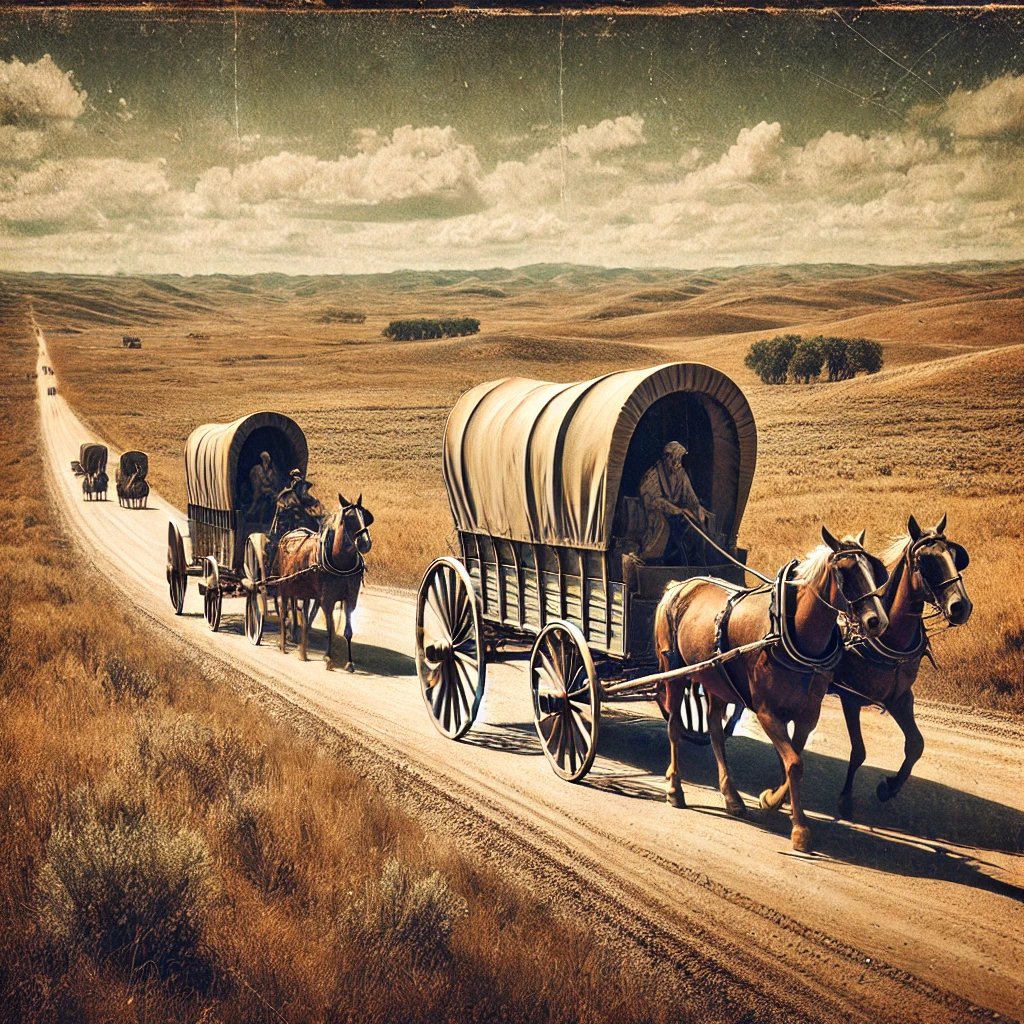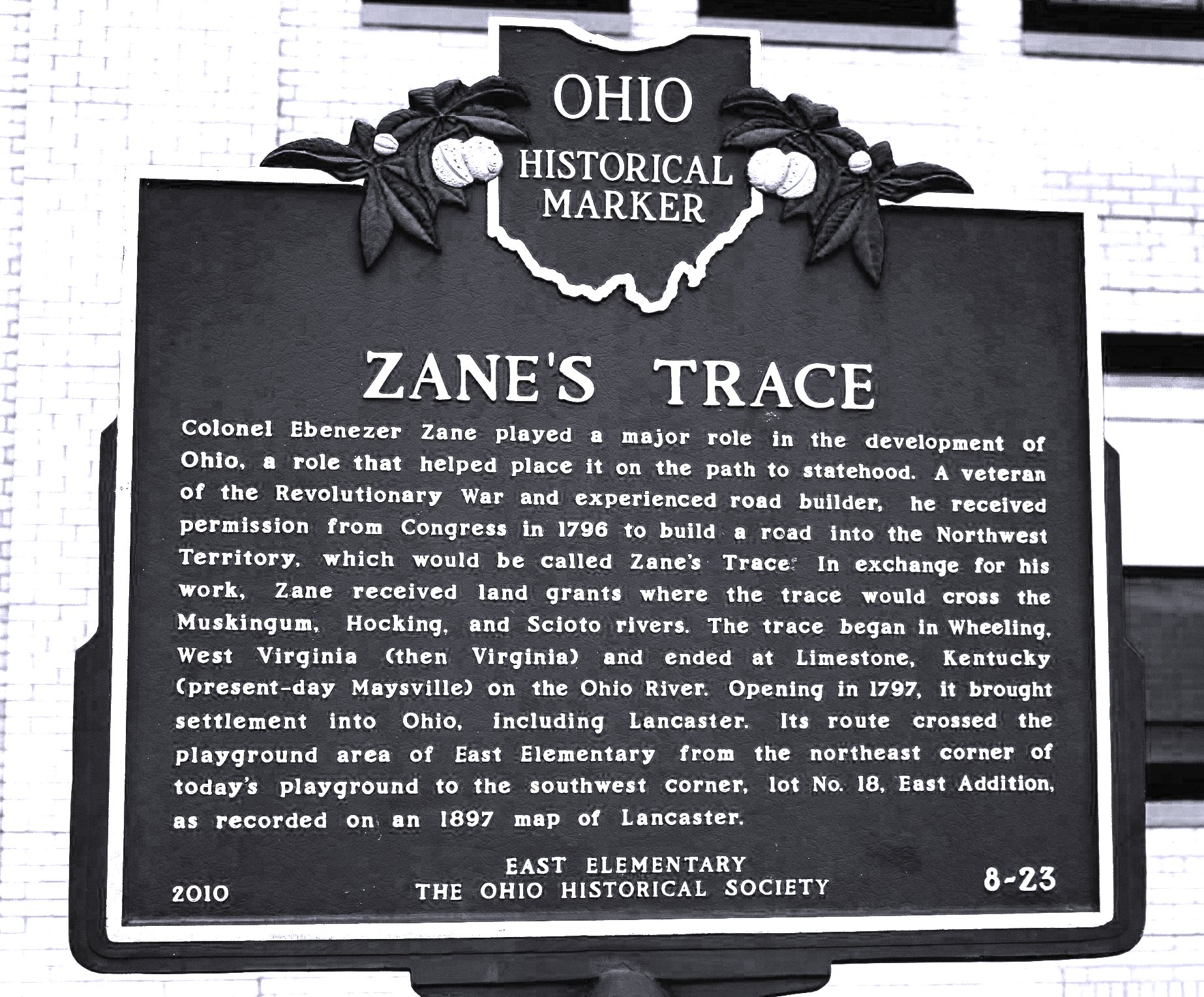Research Tools
Insights, methods, and resources to support sound genealogical research and historical understanding
Blog Categories
- American history
- Ancestry
- Burial Index
- Digitized Records
- Genealogy Research Tools
- Genealogy research
- Log Books
- Maritime
- Military Records
- National Archives
- Online Databases
- Quaker
- Quaker ancestors
- Quaker ancestry
- Quakerism
- Religion
- Revolutionary War
- U.S. Federal Census
- U.S. Navy
- american migration
- church records
- family history
- genealogy news
- history
- migration routes
- ohio
- research
- scotland
- wagon route
New Database: U.S., Revolutionary War Burial Index, 1775-1875
A new genealogical tool is now available at Ancestry.com: the U.S., Revolutionary War Burial Index, 1775-1875. This archive captures the final resting places of Revolutionary War veterans across a 100-year period beginning with the war's outbreak. Each soldier's information is preserved on a separate index card, though genealogists should recognize that not all who served are represented in this database. The source material originated from Brigham Young University's Harold B. Lee Library, where staff and volunteers compiled the "DAR Burial Index" in the early 1980s. They extracted burial site data from Daughters of the American Revolution annual reports to the Senate covering 1900 through 1982, as well as supplementary DAR publications from 1982 to 1987.
American Migration Routes
Despite often being no wider than eighteen inches due to the Indian practice of single-file travel, these trails served as highways for traders, migrating tribes, settlers, diplomatic missions, and messengers. They followed the path of least resistance, crossing the lowest points in mountainous terrain. In winter, routes were adapted for ice-bound rivers or streams, or for snowshoe travel, reflecting the adaptability and practicality of Native American travel patterns.
Wagon Road: Zane’s Trace
Zane's Trace was one of the first frontier roads in the United States, built under the supervision of Colonel Ebenezer Zane in the late 1700s. This road played a vital role in facilitating westward expansion and migration.
Mastering research: U.S. Census Records
Since 1790, the United States has conducted a Federal Population Census every ten years. Access to census data is restricted for 72 years after collection, so information from recent censuses isn't available beyond 1950. Researchers often start with the 1950 Census and trace back through earlier generations.
If you've reached this blog through a search engine, allow me to introduce myself:
I'm Susan, an essayist and narrative storytelling specialist dedicated to preserving authentic historical narratives and perspectives. My work as a historical researcher, archivist, and family history analyst is guided by the understanding that perspective fundamentally shapes our interpretation of history.



